Last Sunday, the New York Times ran a story about the so-called voting wars. It presented two contrasting views. On one side, it presented the concerns of those, virtually all Republicans, who have pressed for passage of laws in more than a dozen states in the past two years requiring a valid photo identification in order to vote in person. This, proponents of such laws have repeatedly insisted, is necessary to stop the scourge of voter fraud. On the other side are mainly Democrats and voting rights activists who argue that the problem of voter fraud is simply made-up and that the clear intent of these laws is to deny the franchise to individuals overwhelmingly likely to vote Democratic: African Americans, students and the elderly poor.
The article, authored by Ethan Bronner, has been subject to harsh criticism for practicing the worst kind of stenographic, he-said, she-said journalism, what the mainstream media lauds as "balance." The facts are clear: studies have repeatedly shown that in-person voting fraud, the only kind of voting fraud that photo ID laws could address, is virtually non-existent. In Pennsylvania, where the potentially most restrictive voter ID law was passed this summer (it is under legal challenge), state officials admitted in earlier litigation that they could not document a single case of such fraud. Rick Hasen, the voting rights expert has argued that the number of people adversely affected by such laws tends to be exaggerated by their opponents. But Hasen has also shown that these laws certainly do exclude valid voters, while failing to prevent the fraud they purport to aim at (and as Hasen notes, the big tell that the GOP is dishonest about these matters is their lack of concern for lax rules concerning absentee voting, where more of the "right" kind of people tend to vote). There is simply no credible documented evidence to the contrary. To put it politely, that the American right screams bloody murder about voter fraud is not, in itself, dispositive of the credibility of the concern.
So how has the Times responded to the charge that, in defiance of the most elementary facts, it's repeating assertions that are in plain defiance of reality? In response to the Bronner piece, the Times public editor Margaret Sullivan tried to address the issue, but essentially threw up her hands, drawing no firm conclusions about whether the newspaper of record has a responsibility to report basic facts that are central to a story. In that follow-up, she interviewed Bronner, who said: "yes, I did practice mindless he-said, she-said journalism. So what?" OK, that's not an exact quote. But it might as well have been. Here's what Bronner actually said: "Both sides have become very angry and very suspicious about the other ... The purpose of this story was to step back and look at both sides, to lay it out." In other words, his job was to put a tape recorder in front of people, let them say whatever they wanted, and then write it down. If you are writing a "color" piece gauging the reactions of ordinary folks to a solar eclipse or something, that's one thing. But in a story whose purpose is to illuminate an issue potentially germane to the outcome of a presidential election, this is a dismally low standard to set for yourself.
Bronner acknowledged to Sullivan that there was, in fact, no known evidence of voter fraud but that he didn't consider this "the core issue here." But if the entire basis of the story is that two sides disagree over an issue that the paper itself regards as very important, and that one side's argument are simply bogus, how is that not a "core" issue? Or for that matter an issue not worth mentioning at all?
The Times could, of course, have written an article in which it outlined the major fault lines of the partisan debate. And then it could have investigated the factual claims that each side makes. Do Ethan Bronner and his equally obtuse editor Sam Sifton really believe that this is not the responsibility of an organization whose mission is to report substantively relevant and factually rigorous news?
Oh well. I look forward to Bronner's next "balanced" piece debating whether the Holocaust actually happened, without bothering to mention whether the factual evidence favors one side or the other.
